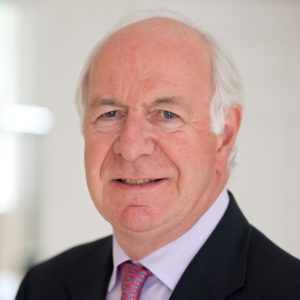medwireNews: Measuring morning salivary cortisol (mSAF) can be used to assess hypothalamic–pituitary–adrenal (HPA) axis recovery in children who have completed a prolonged period of corticosteroid therapy, show study findings published in Hormone Research in Paediatrics.
Using electrochemiluminescence immunoassay (ECLIA) to determine cortisol after completing corticosteroid withdrawal offers a “non-invasive and child friendly” method of determining HPA axis recovery and avoiding the risk of secondary adrenal insufficiency, say María Gabriela Ballerini and co-workers, from Hospital de Niños Ricardo Gutierrez in Buenos Aires, Argentina.
The team trialled mSAF assessment in 116 girls and 55 boys aged a median 13.0 years who had been referred for glucocorticoid taper and HPA axis evaluation after receiving a median methylprednisone daily dose of 40 mg/kg for at least 4 weeks (median 11 months). Corticosteroid therapy was indicated for autoimmune (52.6%), haemato-oncological (16.4%) and respiratory (7.6%) illness or other conditions (23.4%).
Forty-eight hours after finishing glucocorticoid therapy, participants were asked to collect saliva every 60 seconds for up to 3 minutes for a fasting assessment of cortisol between 8 and 9 am. Within 10 minutes of mSAF collection, a blood sample was taken to measure plasma adrenocorticotropic hormone (ACTH) and serum cortisol. In addition, a nocturnal (n)SAF sample was taken at 11 pm the day before blood sampling.
The patients were assessed depending on whether they had a serum cortisol concentration of at least 193 nmol/L (n=128) or a lower level (n=43); children with levels below 193 nmol/L had a higher BMI than those with higher levels of cortisol (25.3 vs 21.2 kg/m2) but the groups were otherwise comparable for age, sex, and glucocorticoid duration and dosage, write Ballerini et al.
Median serum cortisol was 270 nmol/L in the full study population, 124 nmol/L for patients in the low cortisol group and 311 nmol/L in the high cortisol group. The corresponding values for mSAF were 4.9, 2.0 and 6.9 nmol/L and the nocturnal SAF values were 2.1, 2.0 and 2.0 nmol/L, respectively.
The investigators found a “moderate but significant correlation” between serum and SAF, and children with a serum cortisol of at least 193 nmol/L had a significantly higher mSAF than those with lower serum cortisol, as well as a significantly greater absolute increase from nSAF to mSAF.
A mSAF of 5.0 nmol/L or higher was the “best cut-off point by [ROC] to predict HPA recovery,” the team reports, giving an area under the curve of 0.98. True positives and true negatives for this threshold were reported for 85 and 40 children, respectively, with a false–positive rate of just 1.7%, although the researchers remark there was a “strikingly high number” of false–negatives, occurring in 25.1% of cases.
Of the 43 children with a false–negative, 18.6% of children had undetectable mSAF but a median serum cortisol concentration of 281 nmol/L.
Noting that the groups of children with false–positive and false–negative findings were comparable in terms of sex, age, and treatment duration and dose, Ballerini and co-authors hypothesise that collection procedures or oral hygiene may have affected salivary compounds, and admit that many mSAF concentrations were close to or below the lower limit of quantification for ECLIA.
They therefore suggest that using the more accurate technique of liquid chromatography-tandem mass spectrometry (LC-MS/MS) could “improve the diagnostic accuracy of mSAF by allowing the identification of children with HPA normalization among our [false–negatives].”
The authors add that assessing change in nSAF to mSAF “did not improve the overall diagnostic accuracy for HPA recovery as compared to a single value of mSAF”.
The team therefore concludes: “Our results support that morning salivary cortisol >5 nmol/L could indicate HPA axis recovery under strict analytical performance controls.
“The ECLIA methodology suggests that SAF may be useful in this way, but further research is needed to validate these findings using LC-MS/MS.”
By Lynda Williams
medwireNews is an independent medical news service provided by Springer Healthcare Ltd. © 2023 Springer Healthcare Ltd, part of the Springer Nature Group


